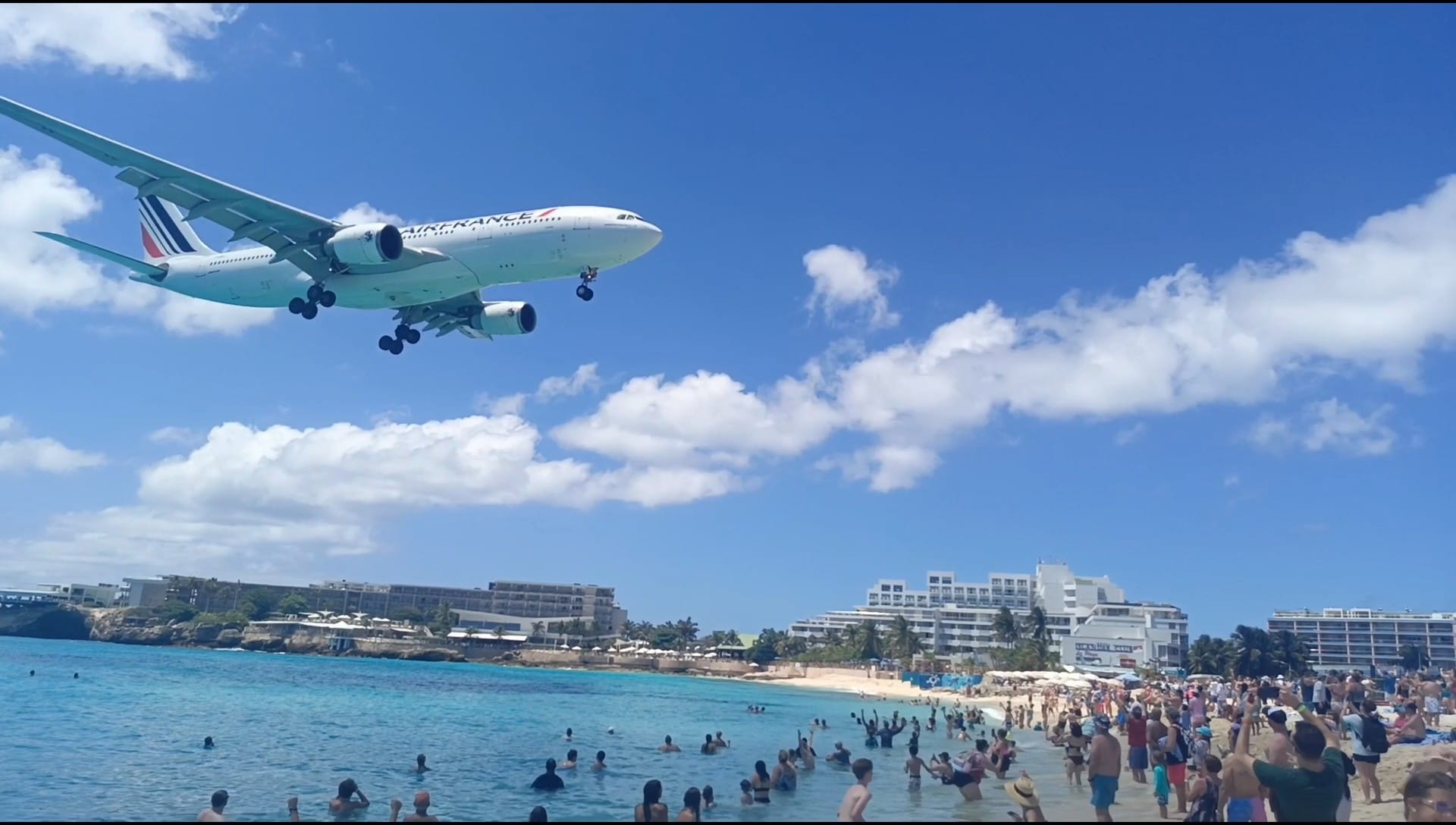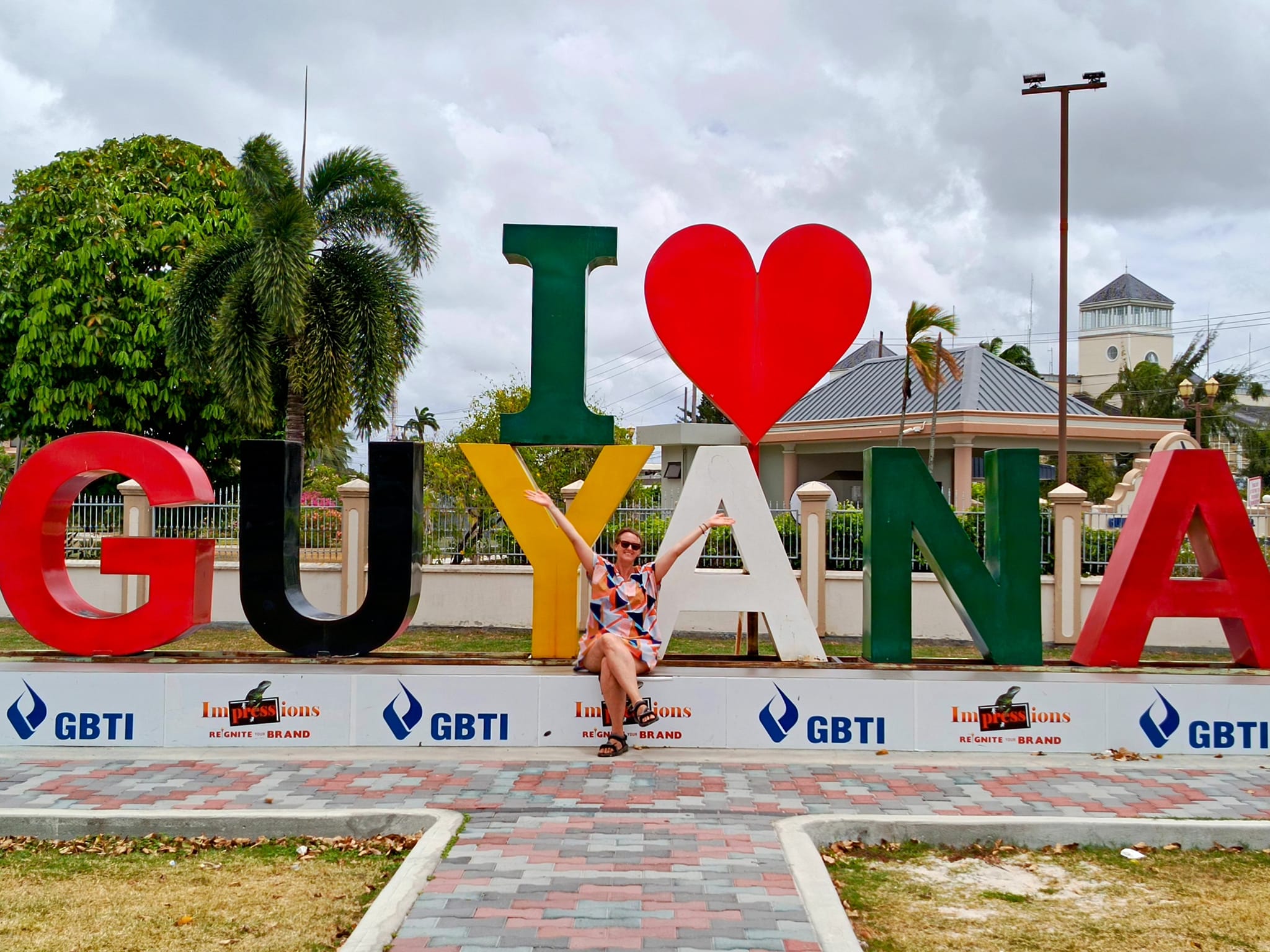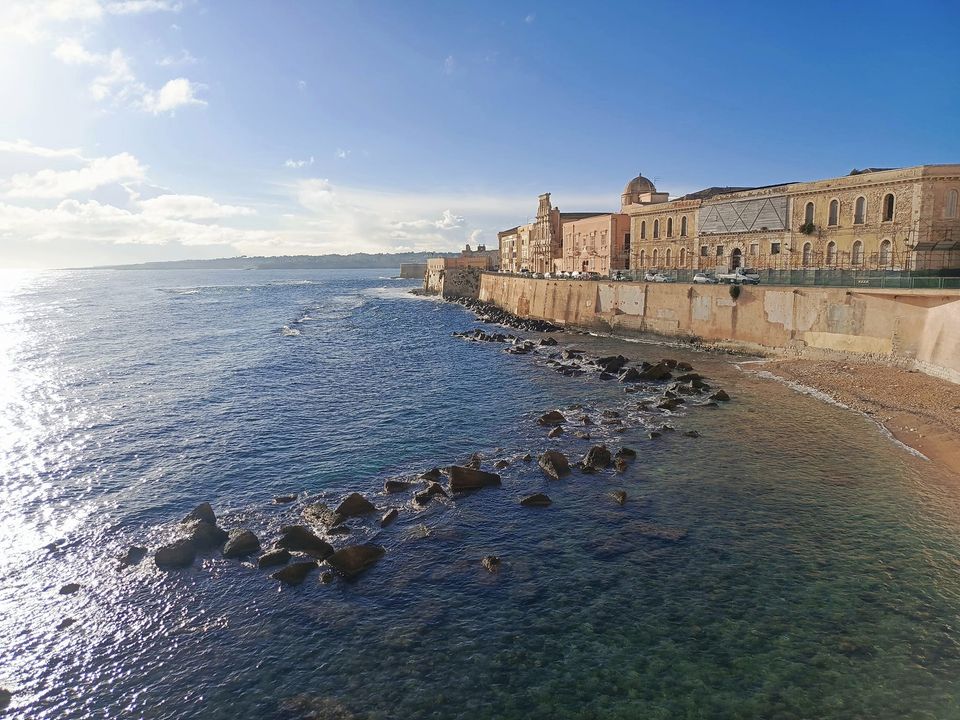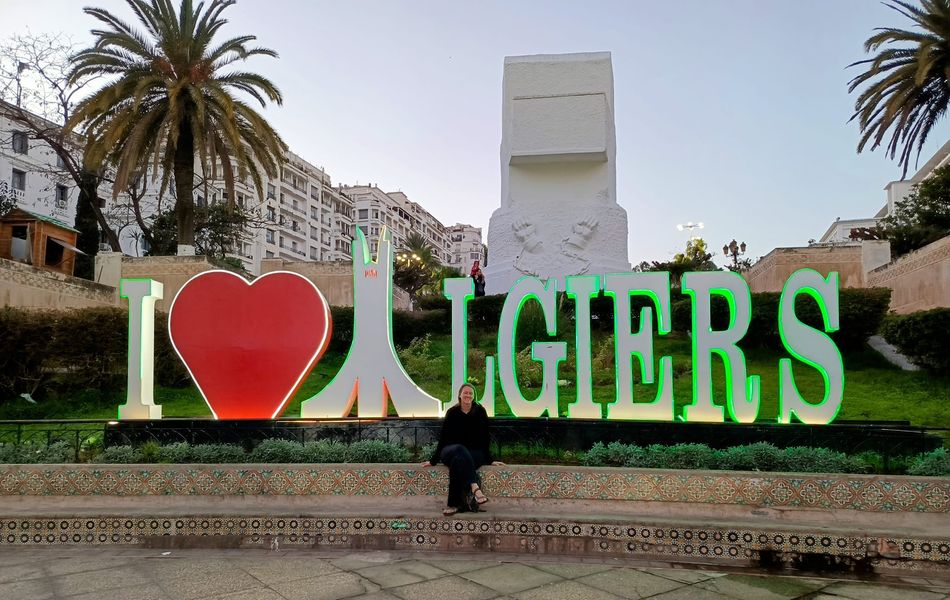After years of wanting to visit Syria, I finally made it happen in October of 2023. This was my fourth attempt at visiting after not being able to in the past due to COVID and visa restrictions. Needless to say, I was beyond excited to go and see for myself this country that I had heard so many amazing things about!
Traveling to Syria is possible, even as an American. It simply takes a little bit of extra planning and organization than rocking up at the airport with a ticket to Damascus. The first thing that you need to do is find a tour guide and a few people to go with. Traveling to Syria is surprisingly inexpensive so you don’t need to have a huge group of people to share costs with. We went with Ahmad Alkhalaf who I couldn’t recommend enough. He made us feel safe throughout the trip and was eager to accommodate any request.
Once you have a tour and guide arranged, you then need to get your visa approval. For non-Americans, this takes just a few weeks (or even days!) but for Americans, it can take a few months. This is why it’s so important to plan ahead. Virtually all tours leave from Beirut so this is an easy way to visit two lovely countries in one trip!
The Perfect Syria Itinerary
Below is the itinerary that we followed during our trip to Syria. This incorporated many of the best things to do in Syria and the only thing that I would change about it is that we were able to spread it out over a few more days.
Day 1 – Beirut to Damascus



The trip from Beirut took around five hours which included a long-ish wait at the border while we got our passports stamped and documents checked. My excitement was building more and more as we got closer to the city center of Damascus. Strangely, I had no idea what to expect even after traveling extensively throughout the region previously. What I was very surprised to see was how lively the city was. We arrived in the early afternoon and met our guide who proceeded to take us to an amazing restaurant selling every variety of chickpea you could think of and where I swear the other vegetarian in the group and I reached nirvana.
After filling our stomachs with some heartbreakingly delicious food, we started our tour of Damascus city center. The old part of the city is absolutely enthralling with tons of little shops selling spices, custom-made perfumes, snacks, and more. I was really surprised that we were able to wander around freely with no checkpoints or extra scrutiny.
We visited Damascus’ oldest mosque, the Azem Palace, and wandered through the bazaar. However, the highlights of my day were having tea in an old caravanserai, eating mind-bogglingly delicious ice cream, walking along one of the main streets and seeing Roman ruins just lying on the side of the street, and my personal favorite, going to a dive bar. There, we got to try local beer and hang out with some young Syrian guys. Everything felt so normal that it was hard to correlate what I was experiencing to everything I heard on the news.
Day 2 – Damascus & Busra



The next day was another fantastic day. After a filling breakfast of delicious food, we headed to the ruins of Busra. This UNESCO World Heritage Site was once the capital of the Roman province of Arabia and served as an important stopover on the ancient caravan route that connected the Levant to Mecca.
Today, Busra is a hodgepodge of ruins including a breathtaking 2nd-century Roman amphitheater, several mosques, a hammam, and early Christian ruins. What I found extremely interesting about the amphitheater is that it is adjacent to an old Muslim fort. The fort was actually built around the theater which means that you can step behind the stage and into the Muslim-era. The theater is even featured on Syrian money which shows just how important it is as a cultural icon.l
While Busra didn’t face the sheer amount of destruction that hit Palmyria, you could still see bullet holes in many of the ancient columns. This was the first example of the destruction that we saw and it was a precursor to what was to come.
Day 3 – Maaloula & Krak des Cheveliers



The next day was another action-packed day. We visited an enormous array of places. First off, we headed to Maaloula and the ruins of the Safir Hotel. This hotel reminds visitors of another era. One where Syria was crawling with tourists from both near and afar who were eager to explore everything the country had to offer. For some reason, wandering through the ruins of this one inviting building made me more depressed than some of the other things that I saw. Perhaps it was because seeing resort-style or grand hotels is a constant reminder of a time of stability and peace.



From the hotel, we were shown a small pathway that led through a slot canyon down to the Convent of Takla. This Greek Orthodox convent was built in 1935 at the site of the grotto of St. Takla. I forget the whole story behind why a convent ended up there (nor do I care) but what I found fascinating with this cave-like convent high on a cliffside was that some of the nuns there had been kidnapped by ISIS and kept as brides. The thought of what they had endured and the fact that they still decided to return to the convent was inspiring but for some reason, it also made me feel a little ill at ease there.



We finished off the day with a visit to Krak des Chevaliers, an enormous Crusade-era fort tucked high up in the Syrian hills. Like many things in Syria, the fort was remarkably well preserved and it would have been easy to spend hours just wandering through its enormous caverns and narrow hallways. Since we were the only visitors, it was easy to wander around and imagine what it would have looked like when it was full of soldiers.
Day 4 – Homs, Palmyra, Hama



We started off the day with a sobering walk in the area around Khalid in al Walid Mosque. This was one of the many areas of Homs that sustained massive damage during the civil war. The streets were full of bombed-out apartment buildings and shops. The neighborhood is located right in the center of the city near the historic center and it stands as a constant reminder of the carnage that took place there.



From Homs, it was a two-hour drive to Palmyra. Once one of the area’s most important Roman cities, Palmyra was mostly destroyed by ISIS with very little remaining besides piles of rubble. While seeing this alone was heartbreaking, one of the saddest parts of the visit was seeing what remains of the museum. Virtually everything is gone and the empty shelf space is a horrific reminder of everything that happened.



From what I understand, most of the smaller items were hidden in storage. However, the larger items, including countless friezes, have been defaced. Khaled Al-Asaad, the man that was responsible for saving many of the items from being stolen or destroyed by ISIS paid for this with his life when ISIS executed him in the center of town. This was a man who had dedicated his entire professional life to the preservation of Palmyra. He was 83 years old when he was murdered and his body was put on display.
After touring Palmyra, we started off on the long drive to Aleppo and made it there just in time to have dinner at one of the city’s bustling restaurants.
Day 5 – Aleppo



I have been to geopolitically unstable countries, post-war countries, and more but nothing prepared me for what I saw in Aleppo. The juxtaposition between the intact, newer part of the city and the old town was heartbreaking. Aleppo’s historic center was once a UNESCO World Heritage Site and today, there is little more than piles of rubble. Where hotels once stood and sidewalk cafes would serve hungry patrons, now there is nothing but stones and bricks that remind me of ghosts of the not-so-distant past.



One thing that kept it from feeling like everything was lost was the amount of reconstruction that was taking place throughout the old souks. Here, one section had been completely redeveloped and was once again full of people rushing about buying spices, clothes, candy, etc. It was a small taste of what the old town must have looked like as well as what might stand there again in the future. The other thing that made everything feel a bit more hopeful was how kind the people were. They have been to hell and back but are still friendly, hospitable, and kind.
Day 6 – Aleppo to Beirut



The next day, we began the long, long trip back to Beirut. Luckily, we were able to break up the trip by stopping at some incredible sites. Our first port of call was the ancient ruins of Apamea. I had never even heard of this place before this tour but was extremely impressed with what we saw there. Apamea is an ancient Greek and Roman city that was once the capital of Apamene and you can still walk down its Great Colonnade that ran nearly two kilometers long. It was the perfect way to finish our Syria adventure before we headed back to Lebanon.




